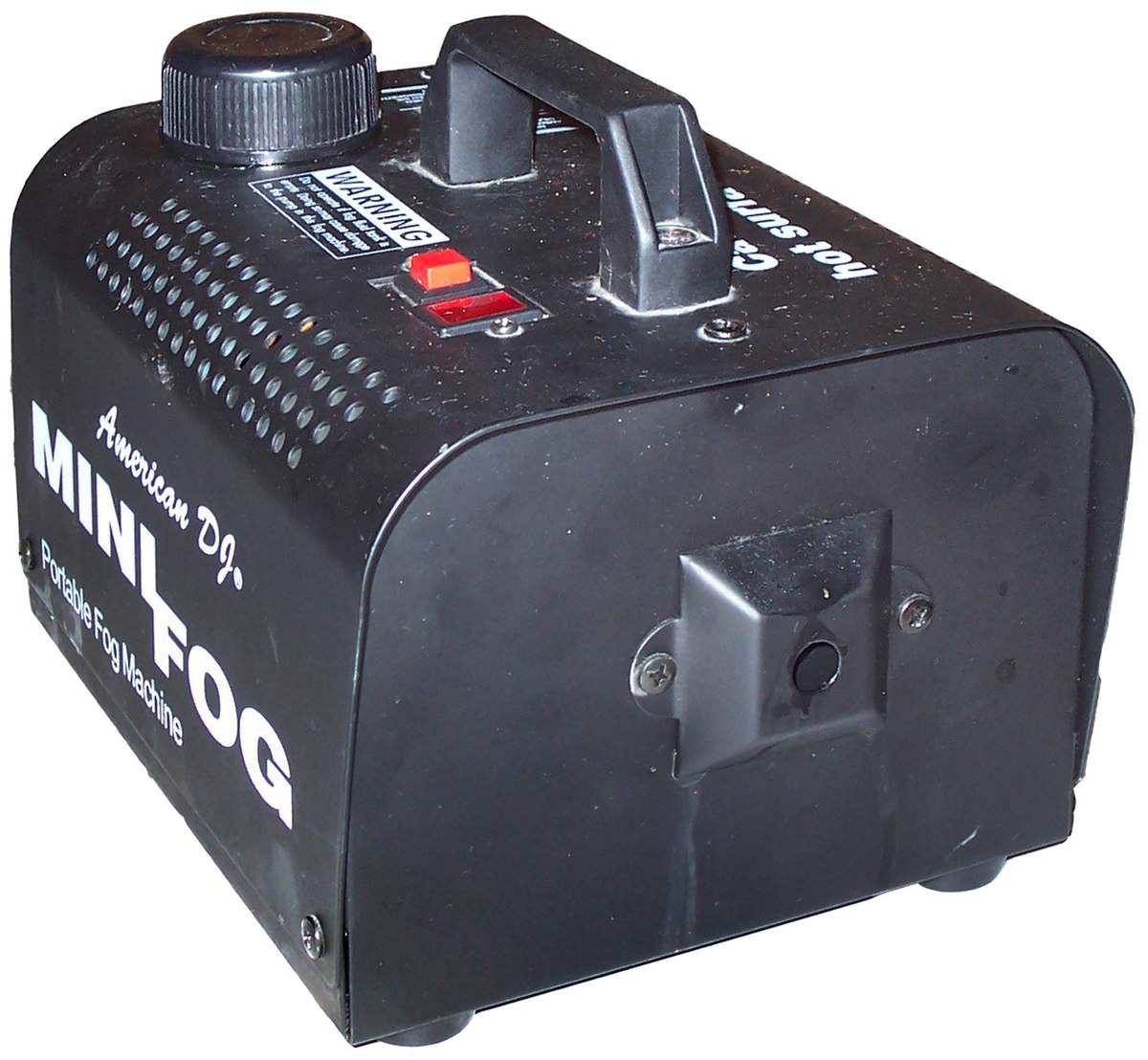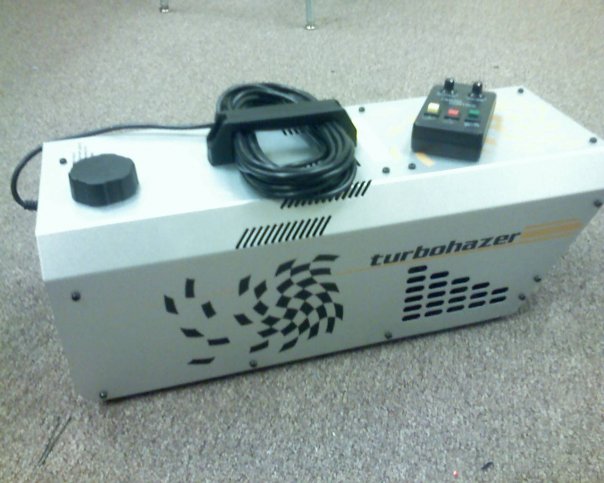Ableton69
New member
- Joined
- May 6, 2019
- Messages
- 14
- Points
- 3
Hello everyone,
I've been quietly perusing the forum for years, and always found relevant information about lasers. I would be very grateful for any insight you can provide.
First a little backstory, feel free to skip the paragraph xD
I am based in europe and my work field is entertainment and stage lighting, and lasers are an integral part of it. I'm currently developing a show similar to the laserman show, but I feel very disconcerted with the handheld laser units that are being used. Recently I saw a show where the beams looked very nice and very thin with very little haze, and I got the hell out of there as fast as I could, because I talked to the guy backstage and he told me he got the whole system from AliExpress for a few thousand euros.
The handheld units, we are talking about 50mw - 150 mw 532 nm going for 30 - 40 euros a pop that arent probably even IR filtered.
(kinda like this https://www.aliexpress.com/i/32950848822.html?spm=2114.12057483.0.0.48476de6seGW7A )
So, what I want is a safe green laser (and a unicorn ) that if accidentally "scanned" into an audience, would not cause eye damage. The performer can make mistakes, and I would always sacrifice visibility for safety.
) that if accidentally "scanned" into an audience, would not cause eye damage. The performer can make mistakes, and I would always sacrifice visibility for safety.
The unit needs to be very small with a body pack power supply.
My current unit is a 5mw 532 NM cheap laser pointer that I took apart. Since it had a click style switch, I soldered a flip switch which leads to an external 2 AA battery holder. As long as there is darkness and haze, it looks great. The modules are 2 years old now, and still working fine.
But I feel with the addition of other lasers (two RGB 3000 mw laser scanners with ILDA), they arent going to be able to keep up.
So, I have to ramp up the power.
My current (very very very limited) understanding is to use an expander to make the beam thicker.
I did some research online, and I came across this:
https://www.altechna.com/products/fixed-ratio-beam-expanders/
So, here are the questions I have:
Using the expander to get a thicker beam would really make it safer?
What other steps can I take to mitigate the risk factor to the naked human eye while doing so?
Using an IR filter for a 532 nm laser reduces eye risk?
Can you give me links to a high quality green laser diode with variable power output? Possibly compatible with the expander that uses SM1 mount.
I am quite handy in basic soldering and I am familiar with 3d design and printing, so I can make my own housing and parts to tie all the elements together.
Also I am willing to spend more money for quality products and safety.
My plan is to have the system wired up an ready, and to go have it tested and dialed back to safe levels.
And finally, am I asking for the impossible?
I've been quietly perusing the forum for years, and always found relevant information about lasers. I would be very grateful for any insight you can provide.
First a little backstory, feel free to skip the paragraph xD
I am based in europe and my work field is entertainment and stage lighting, and lasers are an integral part of it. I'm currently developing a show similar to the laserman show, but I feel very disconcerted with the handheld laser units that are being used. Recently I saw a show where the beams looked very nice and very thin with very little haze, and I got the hell out of there as fast as I could, because I talked to the guy backstage and he told me he got the whole system from AliExpress for a few thousand euros.
The handheld units, we are talking about 50mw - 150 mw 532 nm going for 30 - 40 euros a pop that arent probably even IR filtered.
(kinda like this https://www.aliexpress.com/i/32950848822.html?spm=2114.12057483.0.0.48476de6seGW7A )
So, what I want is a safe green laser (and a unicorn
The unit needs to be very small with a body pack power supply.
My current unit is a 5mw 532 NM cheap laser pointer that I took apart. Since it had a click style switch, I soldered a flip switch which leads to an external 2 AA battery holder. As long as there is darkness and haze, it looks great. The modules are 2 years old now, and still working fine.
But I feel with the addition of other lasers (two RGB 3000 mw laser scanners with ILDA), they arent going to be able to keep up.
So, I have to ramp up the power.
My current (very very very limited) understanding is to use an expander to make the beam thicker.
I did some research online, and I came across this:
https://www.altechna.com/products/fixed-ratio-beam-expanders/
So, here are the questions I have:
Using the expander to get a thicker beam would really make it safer?
What other steps can I take to mitigate the risk factor to the naked human eye while doing so?
Using an IR filter for a 532 nm laser reduces eye risk?
Can you give me links to a high quality green laser diode with variable power output? Possibly compatible with the expander that uses SM1 mount.
I am quite handy in basic soldering and I am familiar with 3d design and printing, so I can make my own housing and parts to tie all the elements together.
Also I am willing to spend more money for quality products and safety.
My plan is to have the system wired up an ready, and to go have it tested and dialed back to safe levels.
And finally, am I asking for the impossible?








